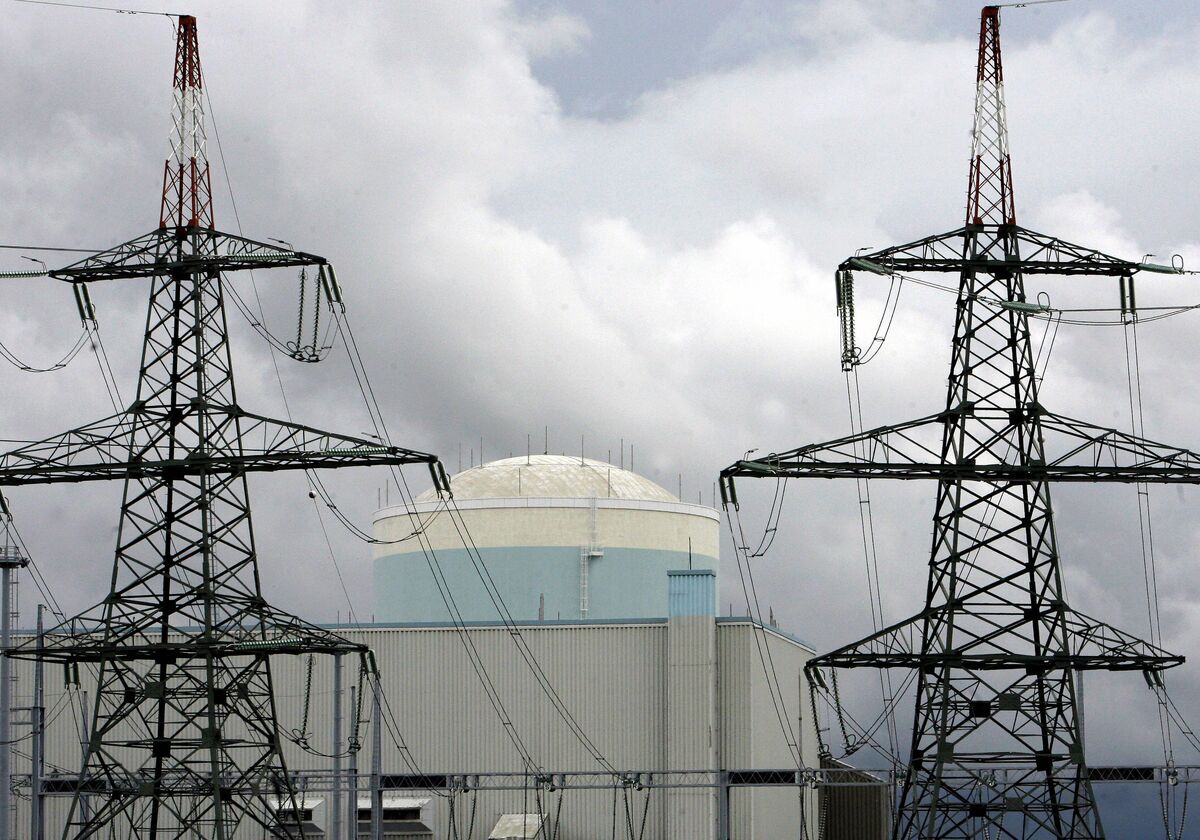The final figure will be significantly higher. Asked if the figure was likely to exceed €10 billion, he said: “Yes, we are talking about such magnitude.”
You can’t take money with you, but we will leave an atmosphere behind
Slovenia has a history of getting into extremely expensive projects that become many times as expensive with time and taking many times longer as expected. This is a great project to repeat such history even without being specifically Slovenian. All the last nuclear reactors in europe have been delayed, some not even finished after decades.
Slovenia is a small country with only 2 million people that is not wealthy. If this projects is not heavily subsidised at the EU level at least with affordable loans and guarantees, and if this doesn’t become a perfect model project of modern nuclear power plant construction, and if energy situation doesn’t change in the time of the construction, , it’s going to be extremely painful for all Slovenians for generations. Those are very big ifs. The risk is incomprehensible for this little country that has not even been able to make any significant update to it’s outdated energy grid in the last 30 years. .
I’m guessing they expect to sell power
While I’m pronuclear we really need to invest in better nuke power tech. Spending billions, mainly due to the risks with current water cooled reactors, is handicapping it. Systems that minimize waste, use passive failsafe systems, etc are needed.
The ship has sailed on nuclear tech being worthwhile now if you haven’t already committed to it and are well underway. Instead, renewables offer a cheaper, safer and much faster return on investment while being ultimately better for the environment. It’ll take much more than what is offered by gen IV for that to change.
Ngl, this is 100% the sort of project that the EU should support in its member nations
Why?
Renewables are cheaper, faster to deliver and better over all for the environment. There’s every reason to believe this will just be a money sink that may not even see the light of day eventually.
Renewables are also intermittent and strongly tied to geography. Geography is especially limiting in much of Europe which isn’t particularly sunny, and where much of the low hanging fruit for wind, geothermal, and hydro has already been tapped.
And even if you were able to keep building it, you will soon run into the storage problem which is still potentially more costly, especially when trying to provide baseline power for the whole year, where it’s buildout may have to be many times more expensive to save power for months than a baseline solution like nuclear which can provide steady power all the time.
So, some mix of baseline solutions like nuclear and intermittent solutions like renewables will be needed to completely phase out coal, oil, and gas which provide our baseline power today.
And even if you were able to keep building it, you will soon run into the storage problem which is still potentially more costly
I will tell you a secret: Nuclear power doesn’t work without storage either. That’s just something they will not tell you as that’s their biggest pro-nuclear/anti-renewable argument.
Nuclear is expensive and running the amount necessary in winter is only viable because you have an overproduction most of the year to export. But when everyone runs either on nuclear, nuclear and renewables or renewables and storage, there is no demand most of year (as everyone is overproducing) and also nobody to import from in a few especially cold weeks in winter (so you need even more nuclear power you won’t need most of the year). That’s completely unaffordable unless you put in storage in place to cover some of your winter demand and export time-independent when there is demand in other countries (which is why French models for 2050+ plan with huge capacities of hydrogen production - not the most efficient way of storage, but good for export).
where it’s buildout may have to be many times more expensive to save power for months
Actually weeks. Wind and solar are quite complementary. So you only need to cover the rare circumstance of cloudy and windless… which doesn’t happen more than may 3 weeks a year, barely more than a few days in a row (in a lot of countries even less if you geographically diversify).
Slovenia isn’t a landlocked country and has all the same options that others do.
Why do you think renewables are better for the environment? Nuclear is very clean and produces next to no emissions. In comparison, solar panels have a production process which produces considerable emissions, once they fail (which is in around 25 - 30 yrs), they basically turn into toxic waste. Similar goes for wind turbines, but they also totally ruin the landscape, since roads have to be built in order to access and maintain them. Additionally they’re not viable everywhere and look ugly af.
cheaper
Cost, as in dollars, can no longer be a consideration if you actually care about the environment.
Renewables are better for the environment though.
deleted by creator
money isn’t real, climate is.
The rich folks disagree, only because they’d be useless without it.
Paywall article
So 10 years to build!? Is that realistic?
Nuclear power takes a long ass time to build which is one of the many downsides of it.
Well done Slovenia. Take the lead on proper choices.





